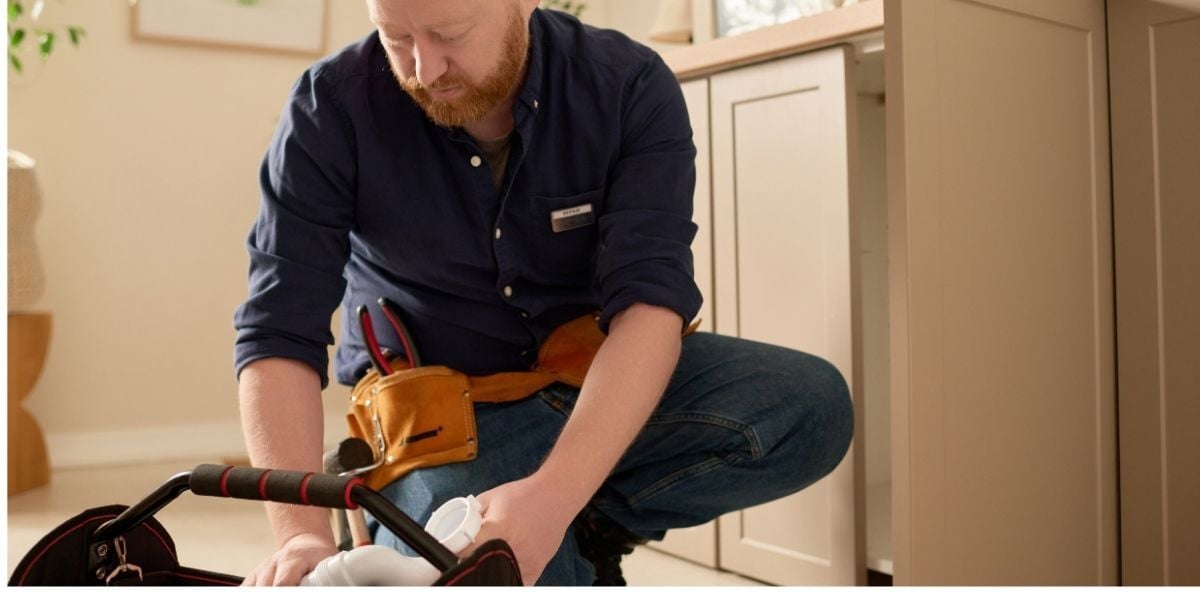
It's the objective of every property owner to have a resident that would rent for life. And during that time the resident would care for the property like it's their own. They would pay the rent on time and be completely flexible when it comes time for repairs. But the fact remains that the perfect renter doesn't exist. Sure, there are many renters that would make exceptional lifetime residents, but people move for many various reasons.
Whether you're a renter or a property owner there's a certain amount of knowledge that must be retained in order to have a good understanding of property rentals. Here are the steps that take place when a resident leaves a rental property.
1. Give Proper Notice
Notice is usually given, either to the renter or the property owner, in a reasonable amount of time. The notice will alert the resident that the lease will not be renewed. It will also provide them a legal time frame for them to find a new place and to make the move. It's a good idea to keep copies of when notices were sent out and what they actually informed the resident of.
2. Provide Clear Move-Out Instructions
It's a good idea to provide move-out instructions. The renter will need to know that they cannot just up and leave without having an inspection done. They'll want to know what will happen to their security deposit, if they're getting it back, and when they can expect to see it in the mail.
3. Schedule Cleaning & Repair Ahead of Time
The third step is to get all of the scheduling done ahead of time. This way when the renter finally moves out you'll have your team ready to get things ready for the next resident.
4. Advertise
While all the servicing is taking place, take the time to advertise. Let people know that you'll be accepting new applications for residency. You'll want to utilize online and print options for getting the word out, such as Zillow.com, Trulia, Apartments.com, Hotpads.com, ForRent.com, Rent.com and your local newspaper.
5. Final Walk-Thru
Make sure to go through the property with the resident before they leave. Look for any damage that is not related to normal wear and tear. Make sure to have them sign exiting papers prior to their departure.
6. Start the Screening Process
Start setting meetings with new potential renters. You'll want to have the list narrowed down to a select a few candidates near the end of refreshing the property.
7. Get the Keys
Make sure to get the keys the day the former resident is moving out. This will be the day that the final numbers are run regarding the return of their deposit.
8. Follow Up With Vendors
Make sure that the vendors are getting their work done once the resident has moved out. This will mean that plumbers, painters and electricians are done with their inspections before the new resident is set to move in.
9. Select a New Renter
The final step is to choose a new renter and sign the lease. This will legally allow them to move into the property - and you can stop worrying about the loss of income.There's a lot that has to happen during the rental property turnover process. If you want to get your property ready for the next renter as quickly as possible, without adding extra stress and overwhelm to your schedule, consider contacting a property management company to help. A professional property manager can take care of getting the new person into the home so all you have to do is sit back and collect the rent checks.










